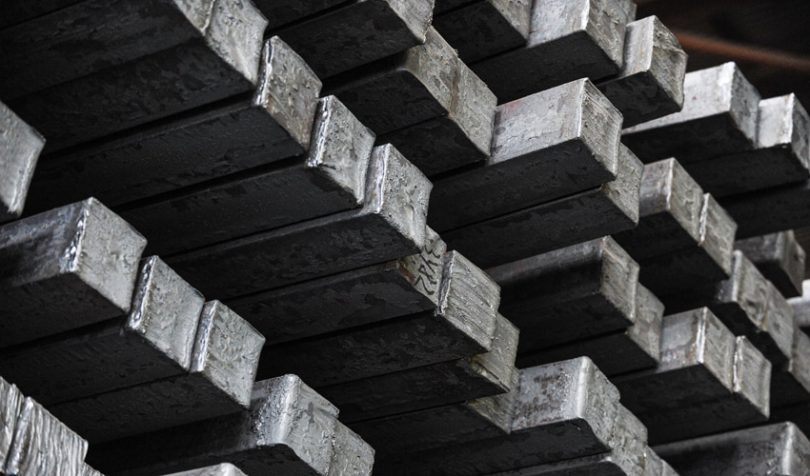On Wednesday, an affiliate of China’s state-owned steel producer Baosteel launched the “Ouyeel Chain” for deposit certificates. For Ouyeel Business Cloud, this is the second blockchain initiative and part of a larger roadmap. While previous initiatives focused on finance, this one is more about certificates, traceability and regulatory supervision. Earlier in the week, Ouyeel held a conference with the Shanghai Futures Exchange, although that wasn’t included in the blockchain announcement.
Back in 2015, Baosteel set up an online e-commerce steel portal, Ouye Yunshang. The first blockchain solution was unveiled in 2018 for supply chain finance. When a large buyer purchases steel, it will issue a certificate confirming that it owes the money to the small supplier. This blockchain-based credit certificate or “Tongbao” is then used by the supplier to raise finance. So far, more than 150 billion yuan ($21.7 billion) has been issued via the platform from eight banks.
Since then, the Tongbao assets have been bundled up as an Asset Backed Security (ABS) and listed on the Shanghai Stock Exchange.
In this weeks’s announcement, the company says the new Ouyeel Chain now provides digital deposit certificates and supervision filing services.
It outlined a blockchain roadmap which divides the applications into three groups. The first is the transaction center such as the order, sale, delivery tracking and regulatory reporting. Second is integration, presumably with off-chain systems. This covers linking direct orders, warehouse receipts, credit applications and review, and repayments.
The third set of functionality relates to tax or more likely customs. It covers the contract, payment flow, purchase and sales invoices, logistics in and out as well as quality inspections.
Link to metals futures
The report about the conference with Ouyell and the Shanghai Futures Exchange could be unrelated. However, it referenced linking the “last mile of futures services to the real economy”. It covered warehouse receipts for ferrous metals and the potential for over-the-counter (OTC) derivatives. Warehouse receipts are a common source of fraud where they are financed multiple times. For any OTC trading linked to physical delivery, a tamper proof blockchain for warehouse receipts would enhance security. Separate to this conference, the Shanghai Futures Exchange announced its own warehouse receipt blockchain project.
Examples of warehouse receipt frauds include the 2014 China’s Qingdao metal warehouse incident, which cost banks in the region of $3 billion. This year Singapore’s oil trader Hin Leong has led to losses in the region of $3 billion allegedly related to double financing and forged documents.
This latter point highlights an issue that blockchain cannot solve. What is on a blockchain cannot be tampered with. But it’s possible to add false documents. To ensure warehouse receipts are valid, there would need to be regular unannounced audits to reconcile warehouse contents to the blockchain.
Alternatively, if all warehouse receipts include provenance, such as proof of shipping issued by a third party, it makes it harder to commit a fraud. That proof can’t be a copy of the paperwork, but instead needs a digital signature that can only come from the third party. Additionally, it will be necessary for multiple blockchains to interoperate to ensure that a warehouse receipt can’t be financed on multiple chains.
Meanwhile, another example of a metals warehouse receipt blockchain in China is one being developed by Ant Group. It’s working with the Qianhai Mercantile Exchange (QME), a subsidiary of HKEX, the London Metal Exchange owner.
Baosteel’s other blockchain endeavors
Additionally, Baosteel is trying out various Western blockchains. It has run transactions on the Contour trade finance blockchain as well as Minehub.






